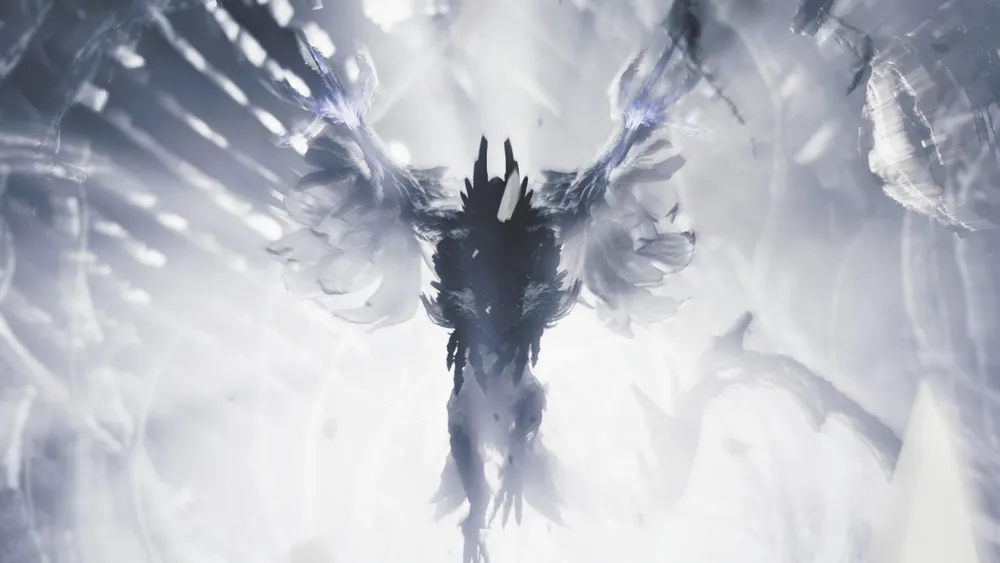Review: A Veteran's Thoughts on Monster Hunter Wilds
I am sympathetic towards the designers of long-running game franchises. As technology improves and time goes on, players expect an increasing level of complexity and ever-improving graphics and functionality; but for niche games, all the good-will in the world can't materialize the funds needed for this type of expansion. And yet, making drastic alterations to attract the attention of newcomers could very well alienate the players who've stuck by you all those years.
Capcom's Monster Hunter is over twenty years old now, and while once the bastion of "difficult gaming," the series no longer exists in a vacuum. The general appetite for harder games has increased in recent years, perhaps best demonstrated by FromSoftware's Elden Ring. The 2022 title went on to sell nearly 29 million copies and earn a staggering 331 Game of the Year (GOTY) awards—all while refining the legendarily difficult Dark Souls formula into a more accessible, open-world adventure. Elden Ring doesn't stand alone, either; while FromSoftware has earned itself notoriety for their "hardcore" games, titles like Lies of P, Hollow Knight, and even Cuphead have all sold incredibly well despite their difficulty.
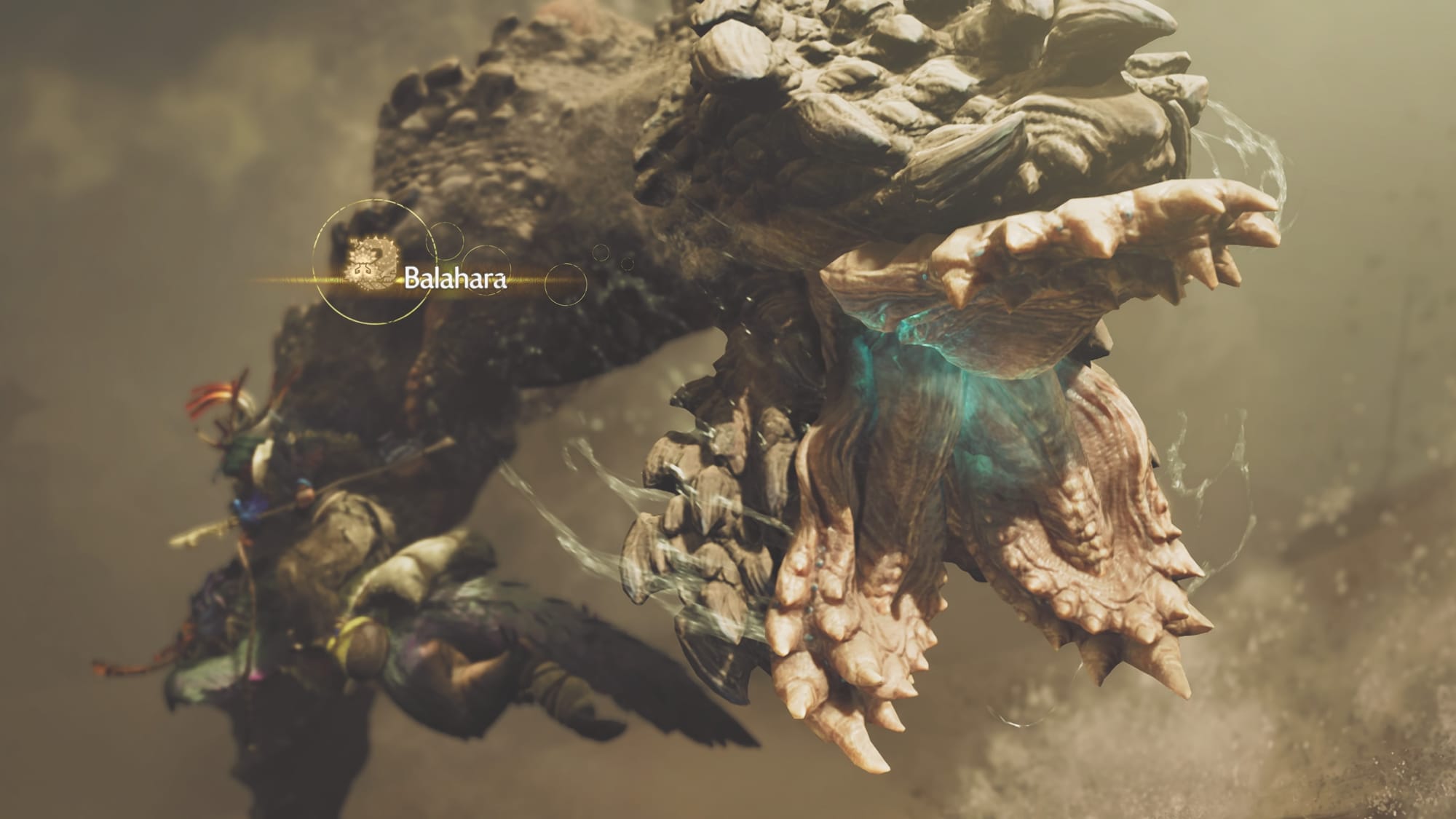

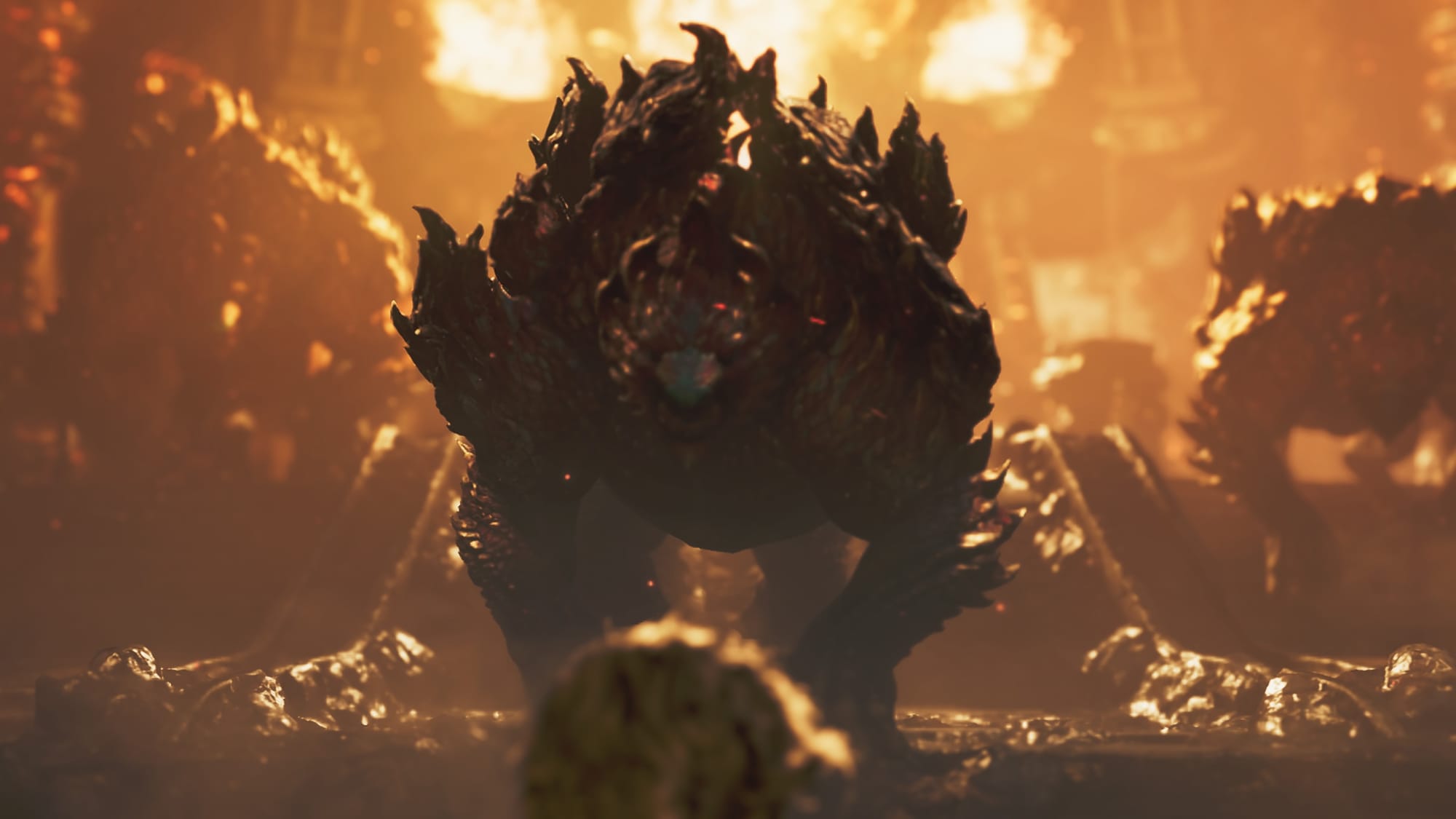
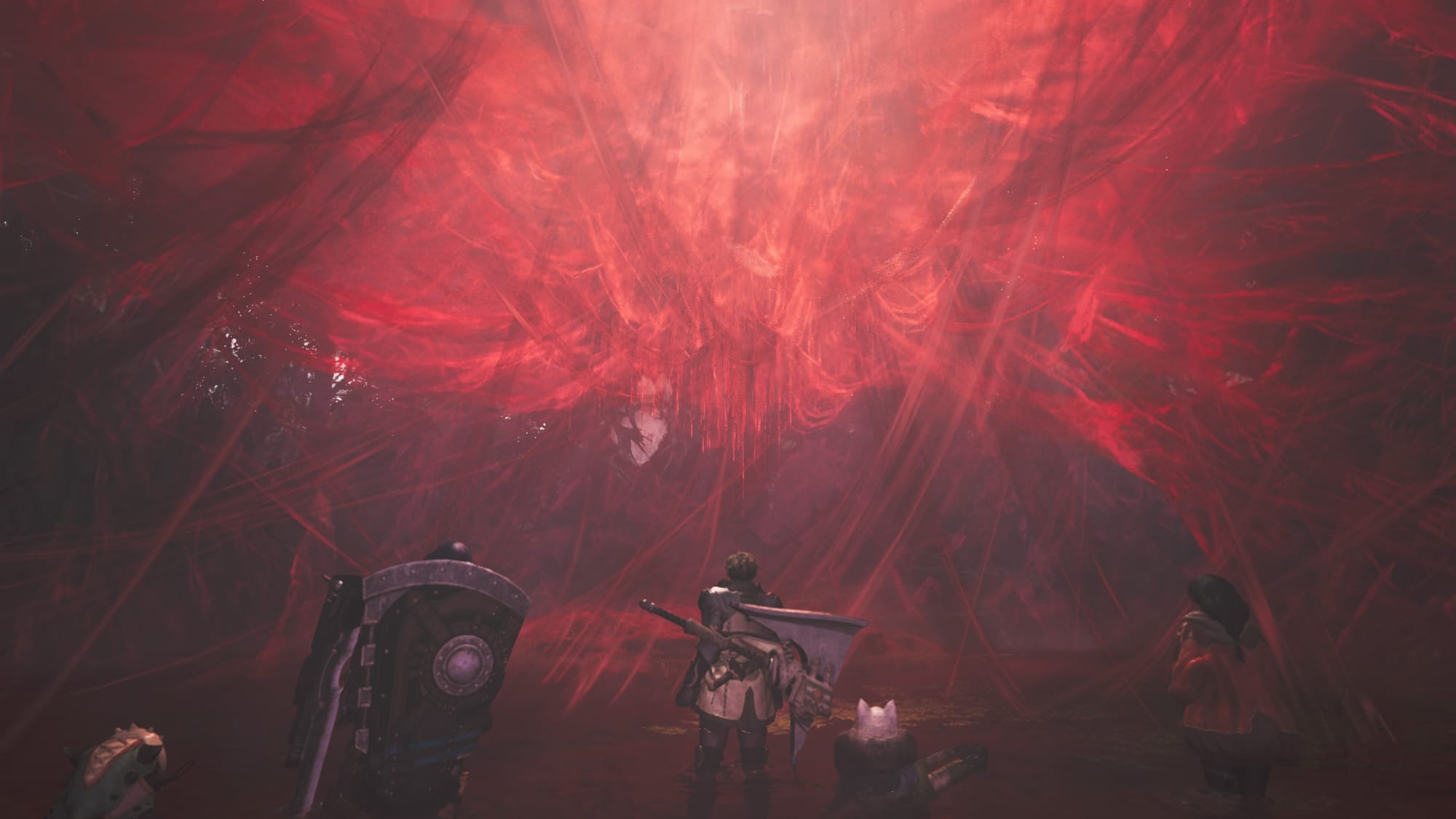
In an effort to translate their once-niche franchise to the general gaming public, Capcom revolutionized Monster Hunter with Monster Hunter: World in 2018, creating a semi-open-world with realistic graphics, new quality-of-life features, and a redesigned gameplay loop aimed to make the game more friendly to newcomers. The title was marketed towards the Western audience for the first time in series history, with crossover events for other popular RPGs, including Final Fantasy XV. The result was 23 million sales in four years, nearly triple that of the previous installment, Monster Hunter Generations, and earning multiple GOTY awards in the process.
2021's Monster Hunter: Rise saw the series adopt more of the Generations roots, stripping away the open-world aspects of World and returning to a more concise hunt-craft-hunt loop, while incorporating more free-flowing movement into the gameplay. Both critical reception and overall sales dropped slightly, but Rise and its expansion Sunbreak earned 19 million sales in two years.
Clearly, then, Monster Hunter was—pardon the pun—on the rise. The logical next step for Capcom was a true sequel to Monster Hunter: World—a complete technical and gameplay improvement across the board, while adapting to the ever-changing demands of gamers in a landscape now dominated by more challenging games than ever.
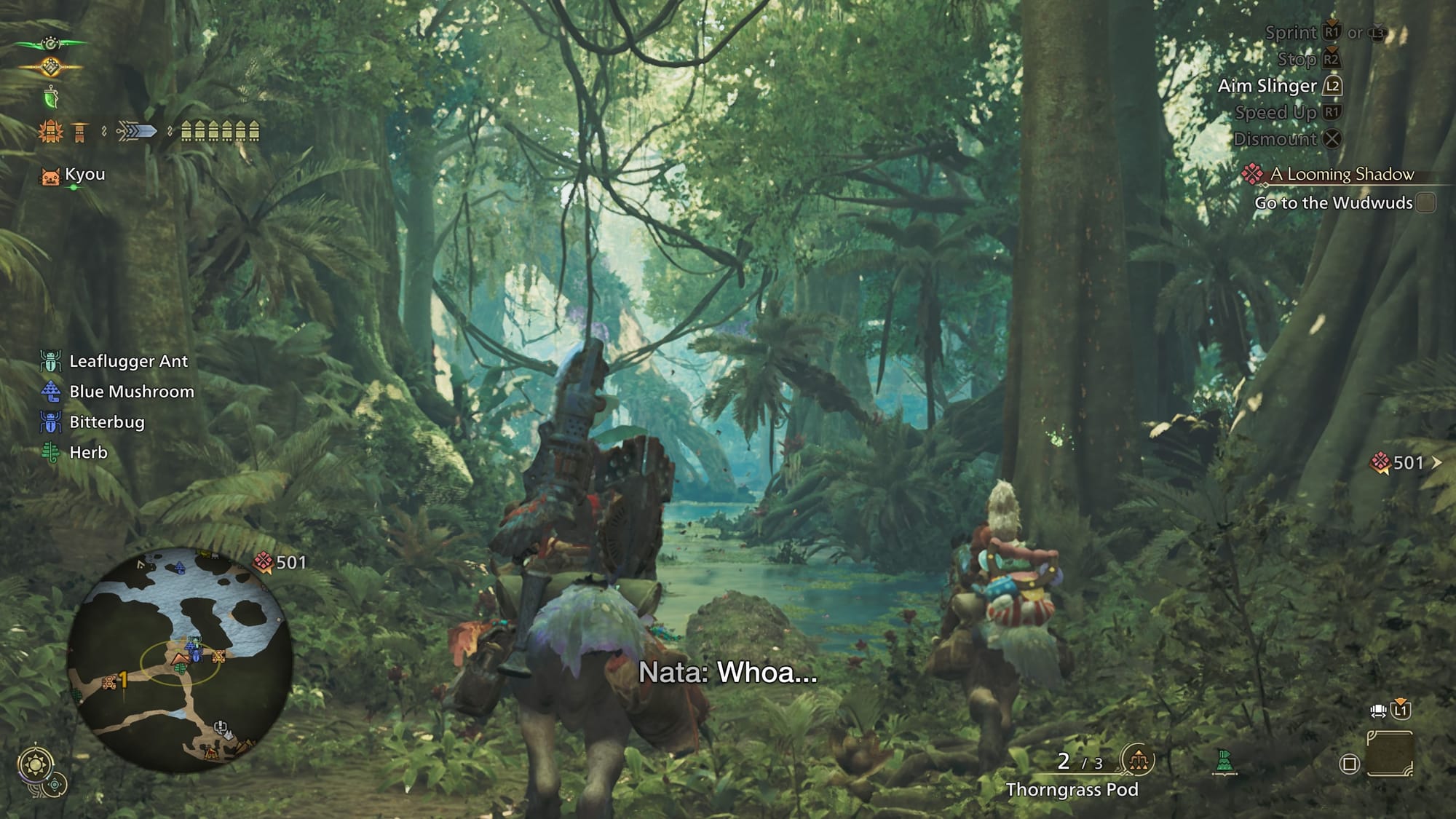
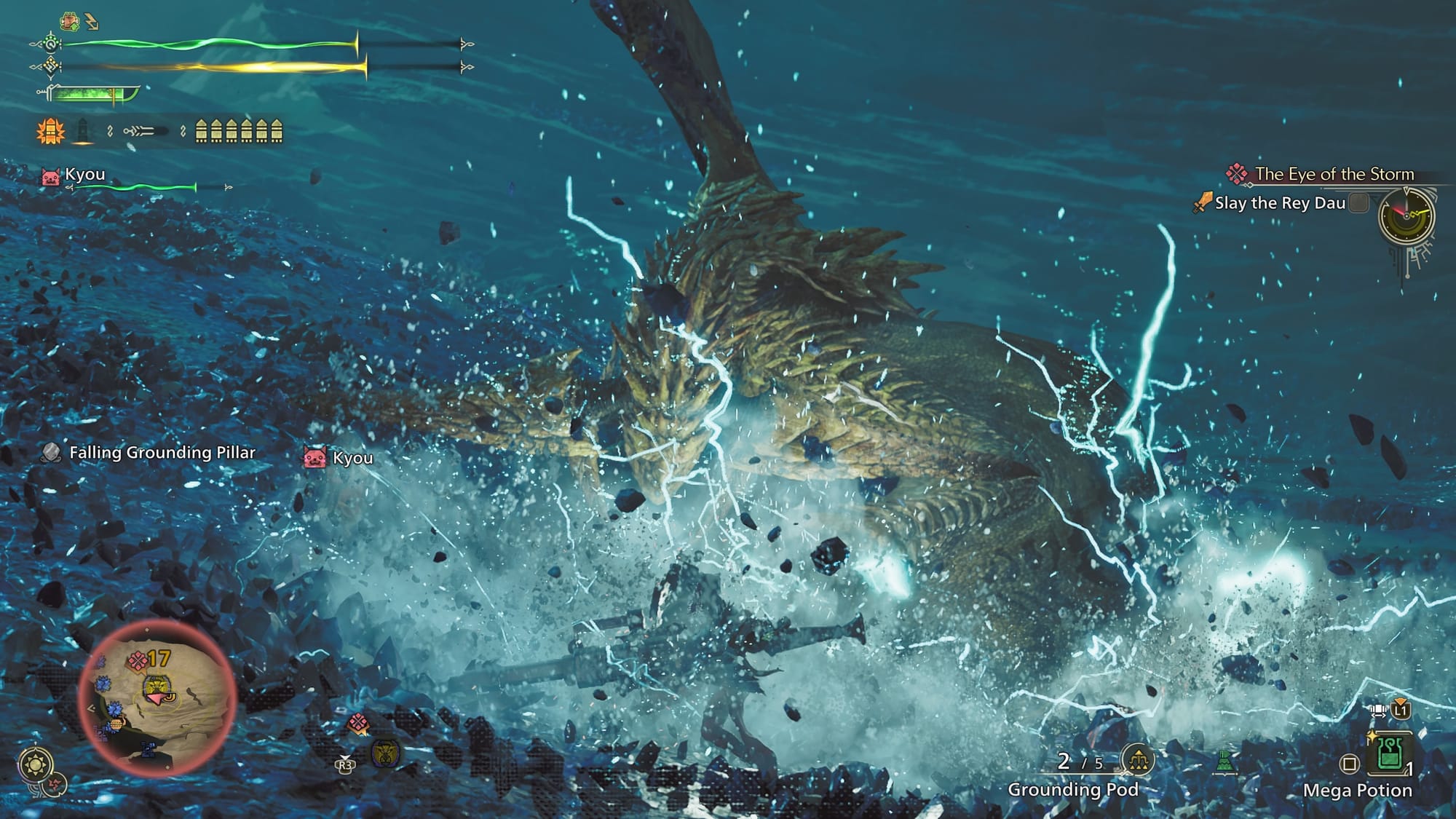
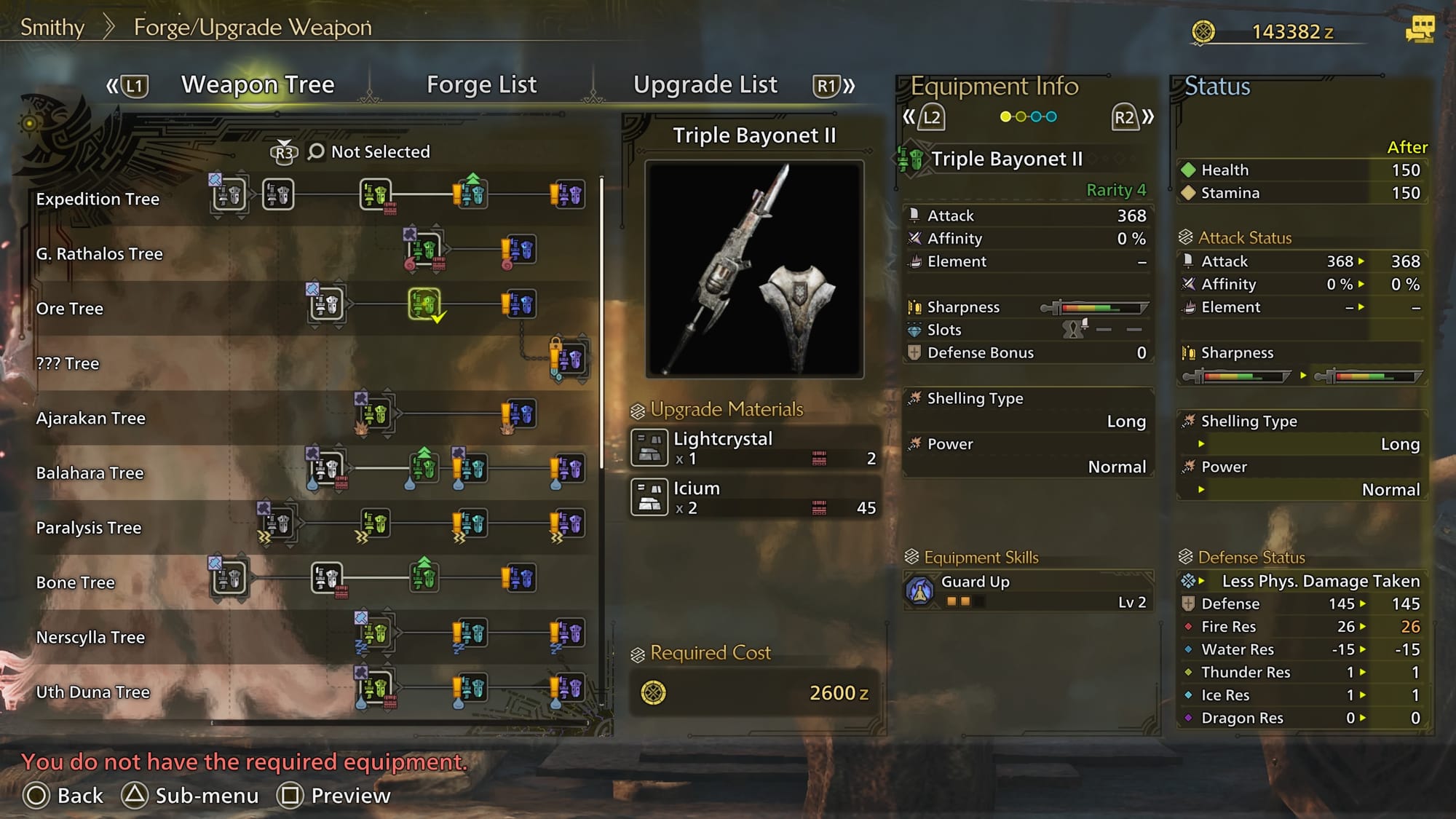
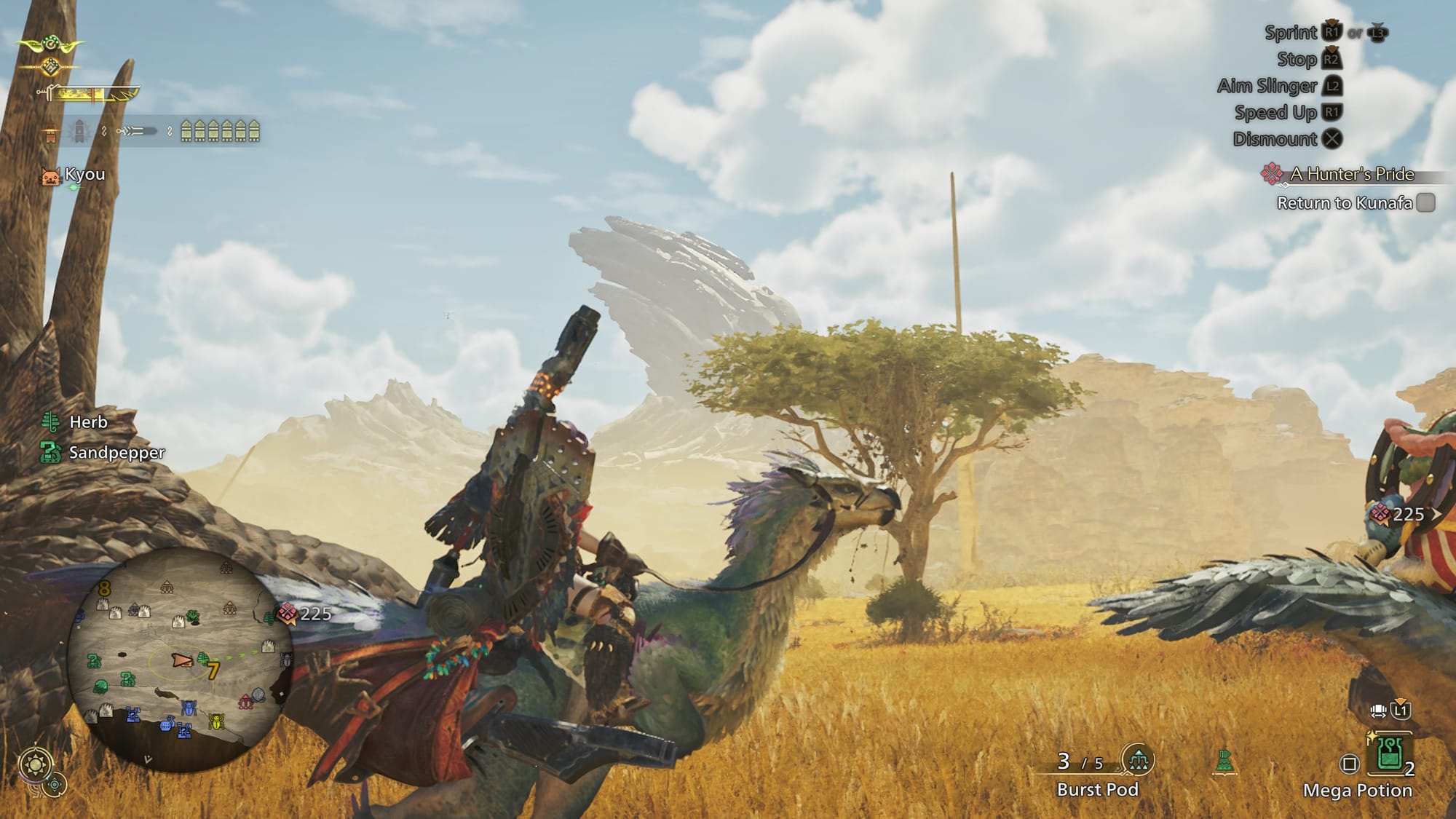
The Best Changes in Monster Hunter Wilds
Monster Hunter Wilds is, indeed, an evolution of that twenty-year-old formula, while managing to address some of the more questionable aspects of World, and smooth over the rough bumps that have been hanging on for a few too many installments.
Firstly, although Wilds is themed around exploration and investigation of new lands, the inane surveying actions from Worlds—like identifying monster tracks or collecting their remains—have been removed or significantly scaled back. Many monsters are still unknown, but you'll discover them more naturally, without needing to track down every dropped feather.
Pre-mission meals now last for a real-time hour, tracked over multiple missions. This reduces some of the monotony in longer gaming sessions, along with the chance of forgetting you've eaten (a problem that plagues even veteran players). Sharpening your weapon now progressively fills your sharpness bar, allowing you to break out of the animation if necessary. Small quality-of-life features, like being able to instantly end the 60-second post-mission timer, are so obvious it's a wonder that it took so long for Capcom to implement.
The biggest gameplay addition comes in the form of "wounds"—glowing red points on the monster that can be exploited to deal extra damage and harvest much-needed materials. Monster Hunter has always had "breakable" parts of the monster, but the addition of these wounds makes it far more obvious—and rewarding—to punish the monster. By entering "focus mode," the player can more precisely control their weapon to attack these weakened points; but focus mode can also be used to finely control attacks from weapons without reticules, which is music to my ears as a Gunlance main.
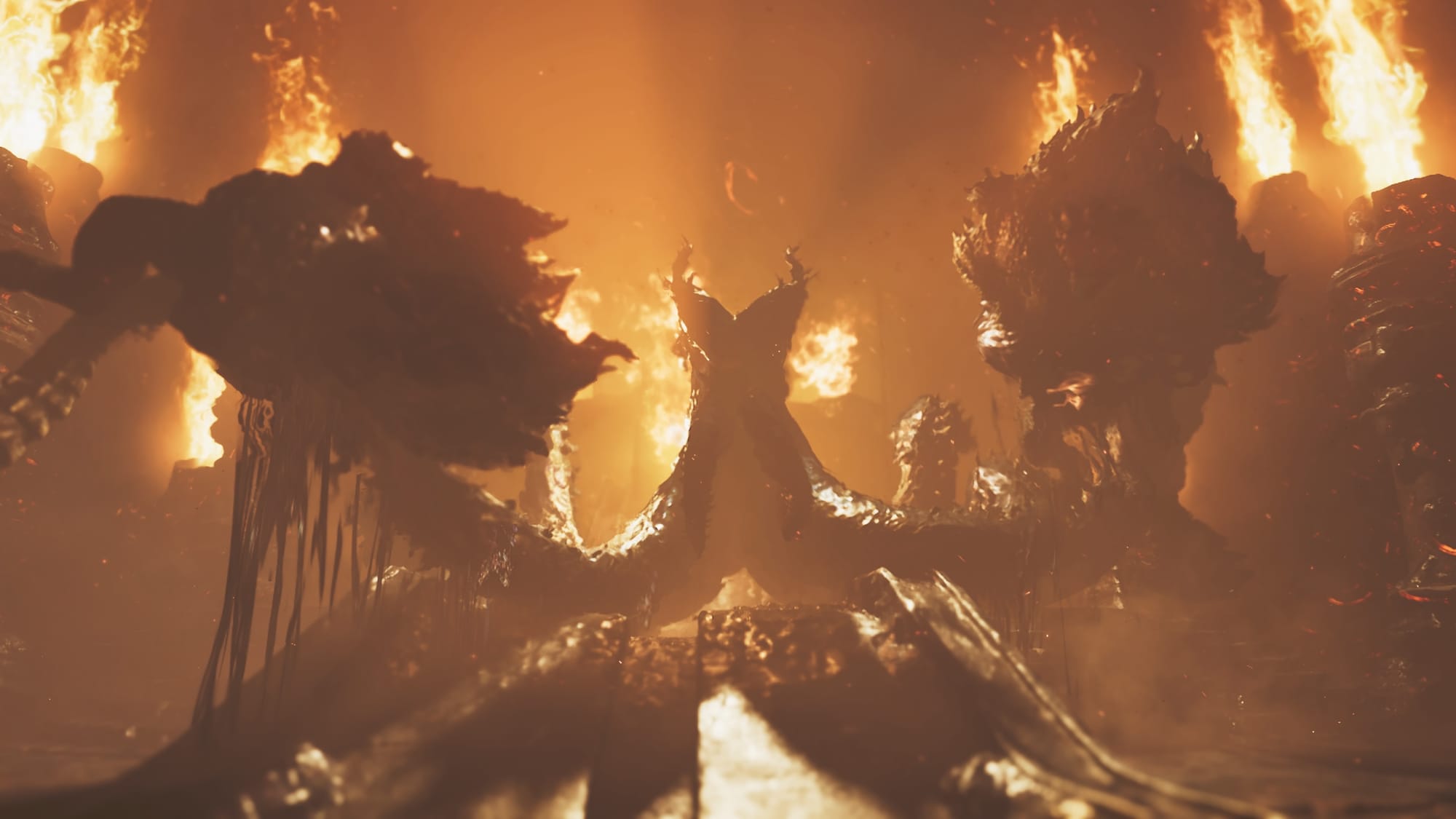
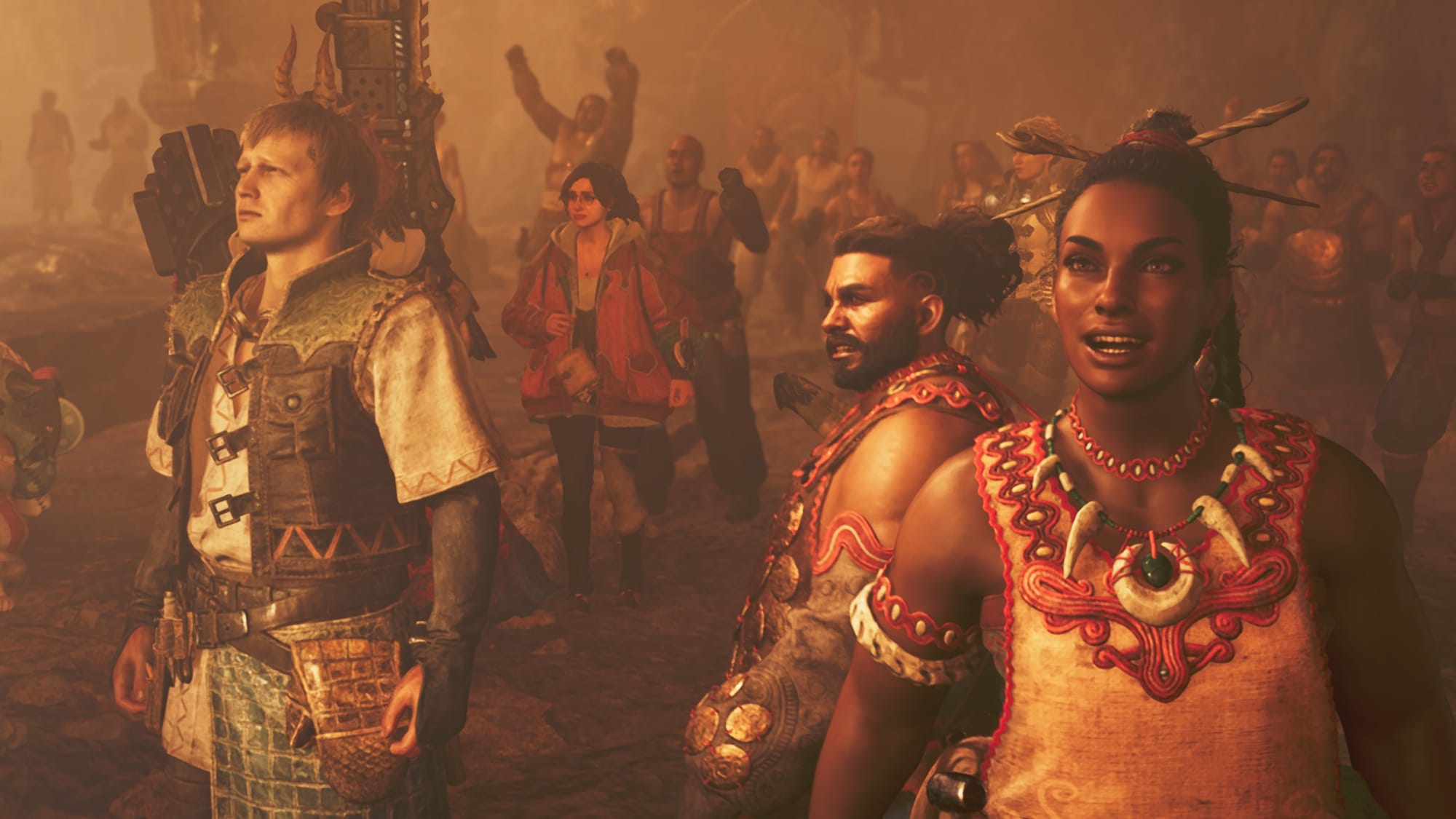
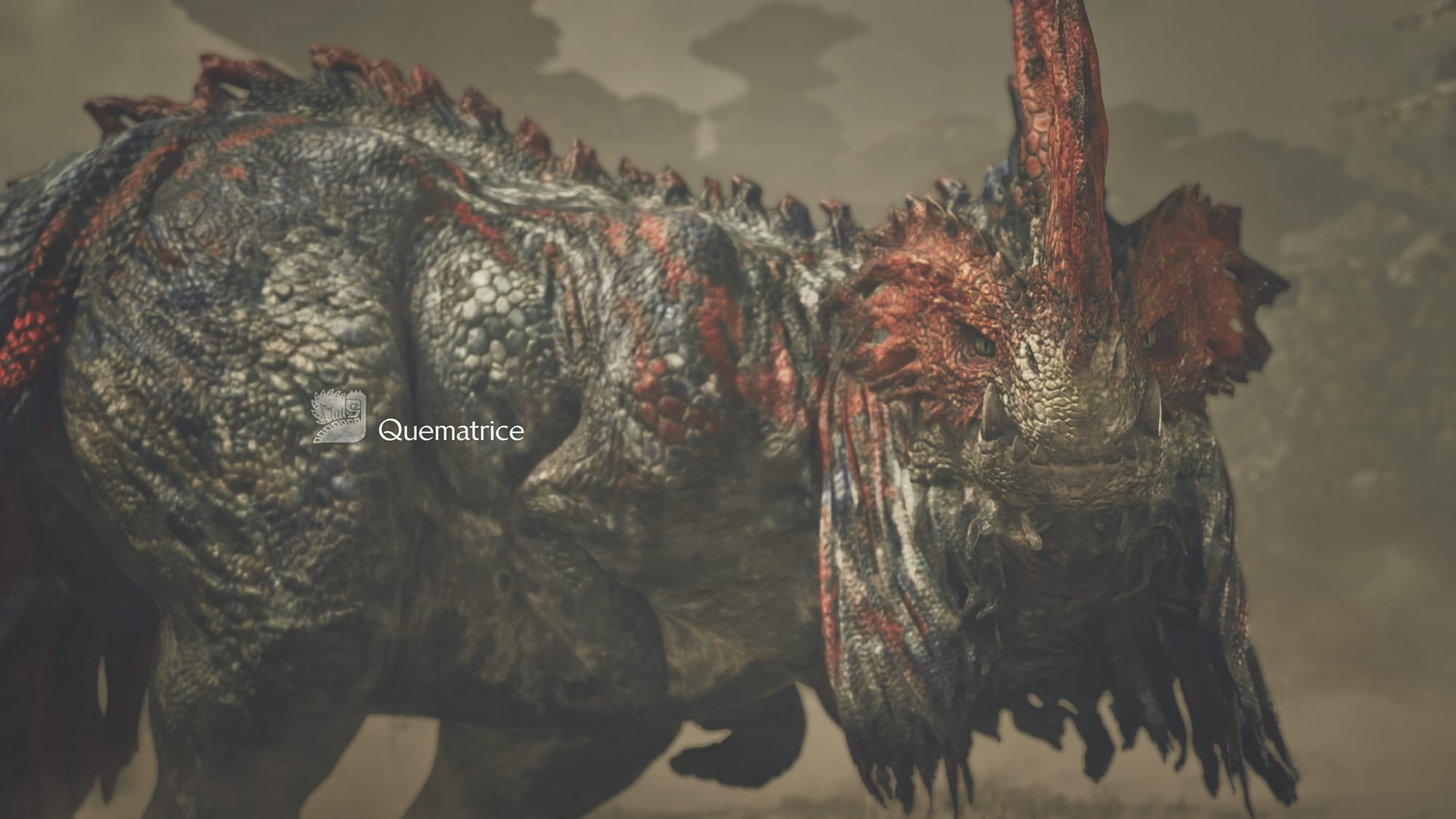
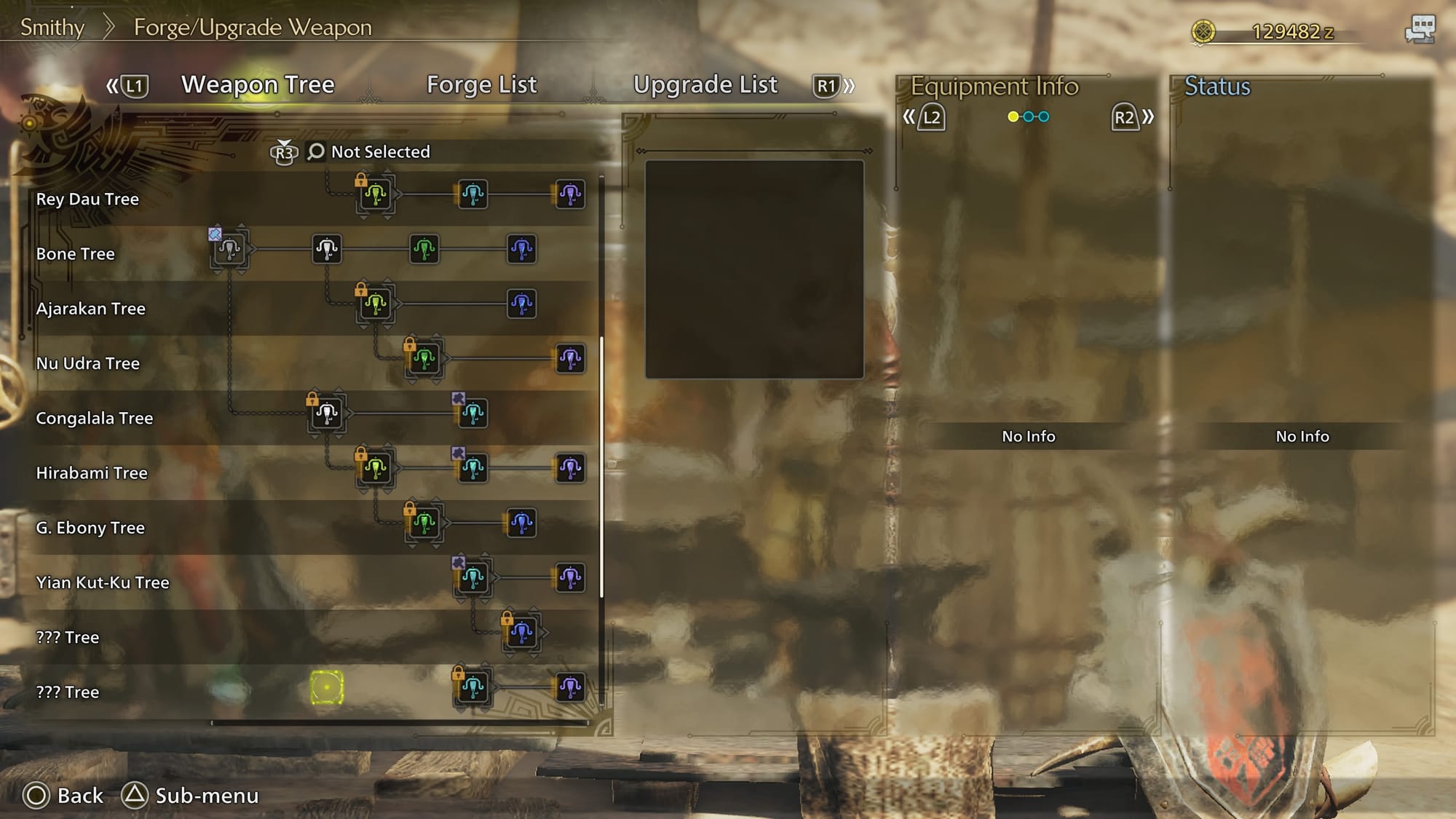
With more powerful gaming consoles underpinning Monster Hunter Wilds, the biomes are richer and more diverse than ever. Endemic life now ranges from the smallest lizards scurrying underfoot, to literal herds of herbivores. The central story mechanic revolves around different seasons of "plenty" and "fallow," which allows for each of the four main biomes to experience a completely alternate environment. Although these changes are mostly cosmetic—more on that later—the changes are different enough to make hunts feel novel, and since the seasons can change during missions, you might get to see a sudden deluge or a sandstorm sweep across the map.
The beating heart of the game is, of course, the titular monsters. Monster Hunter Wilds introduces thirteen new enemies to the franchise, with some truly inspired designs such as the titanic Jin Dahaad, the beautiful arachnid Lala Barina, and the poster-child dragon, Arkveld. With such a long history of games, the returning monsters will always please some and disappoint others, but future updates will undoubtedly bring more enemies to fight, with Mizutsune already announced for the April 2025 update.
Overall, the game places a large emphasis on its story, with the most narratively-focused campaign in Monster Hunter history. From the introduction to the "Forbidden Lands" of Wilds, to the final moments against Zoh Shia, the game offers a far more RPG-like narrative that forges a bond between your hunter and their companions. Moments of talking to your guild mates around a campfire, or receiving direct permission to slay a monster from your handler, makes the world feel more lived-in than ever, and less like an arcade-style hunt-and-craft experience.
Multiplayer remains as engaging as ever, allowing up to four players—either strangers or squad mates—to join up in jolly cooperation and collectively slay some of the tougher monsters. Offline players (or those who prefer solo experiences) can now summon NPC assistance with the SOS beacon, and even if you are online, requesting aid will summon NPCs by default, with the AI rotating out for human players as they accept your quest.
There are so many positive changes to Monster Hunter Wilds—improvements that are either much-needed, or simply obvious in hindsight. It's baffling, then, that for every new feature Capcom has added or refined, that two more were completely removed or largely underutilized.
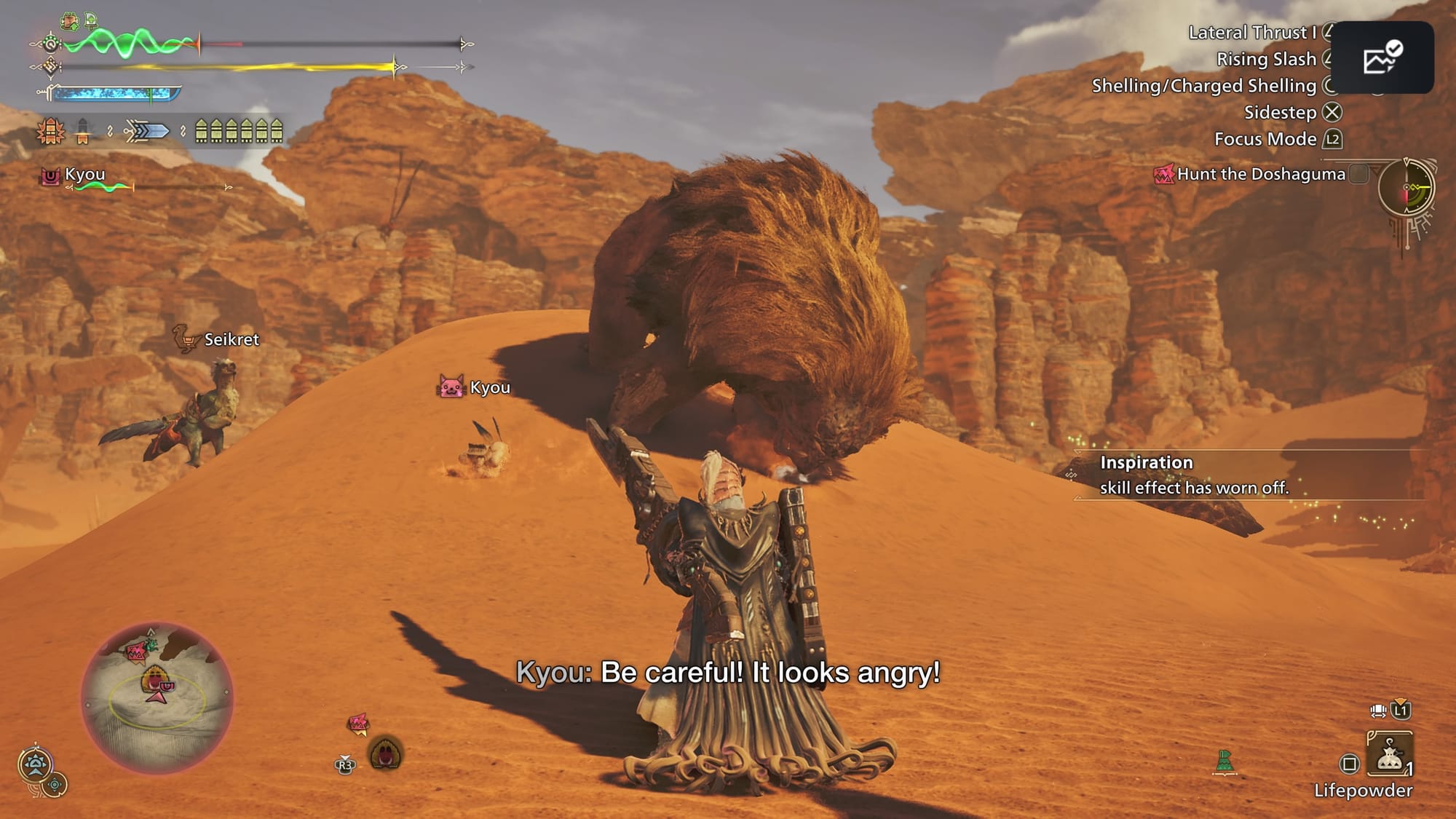
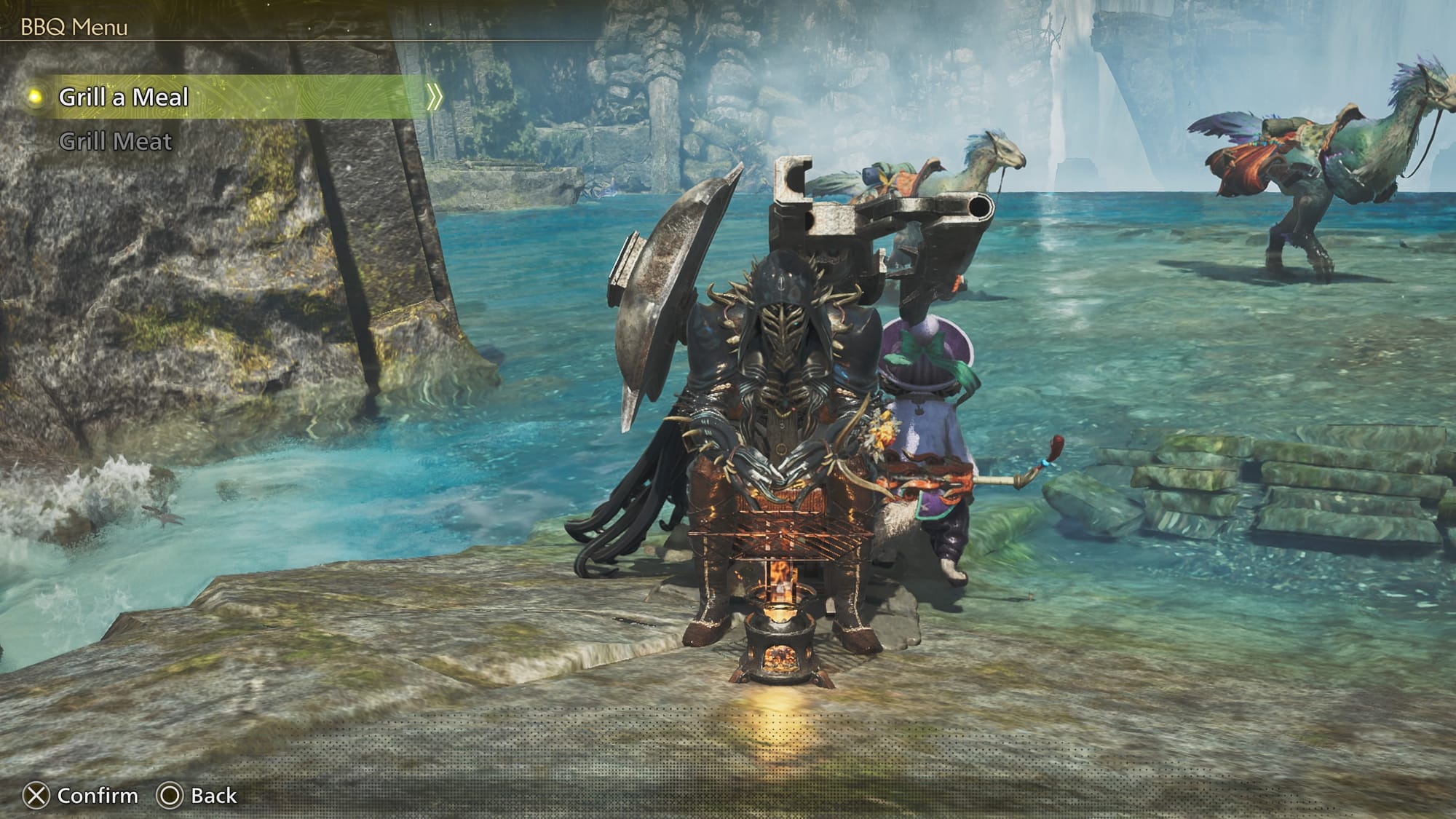
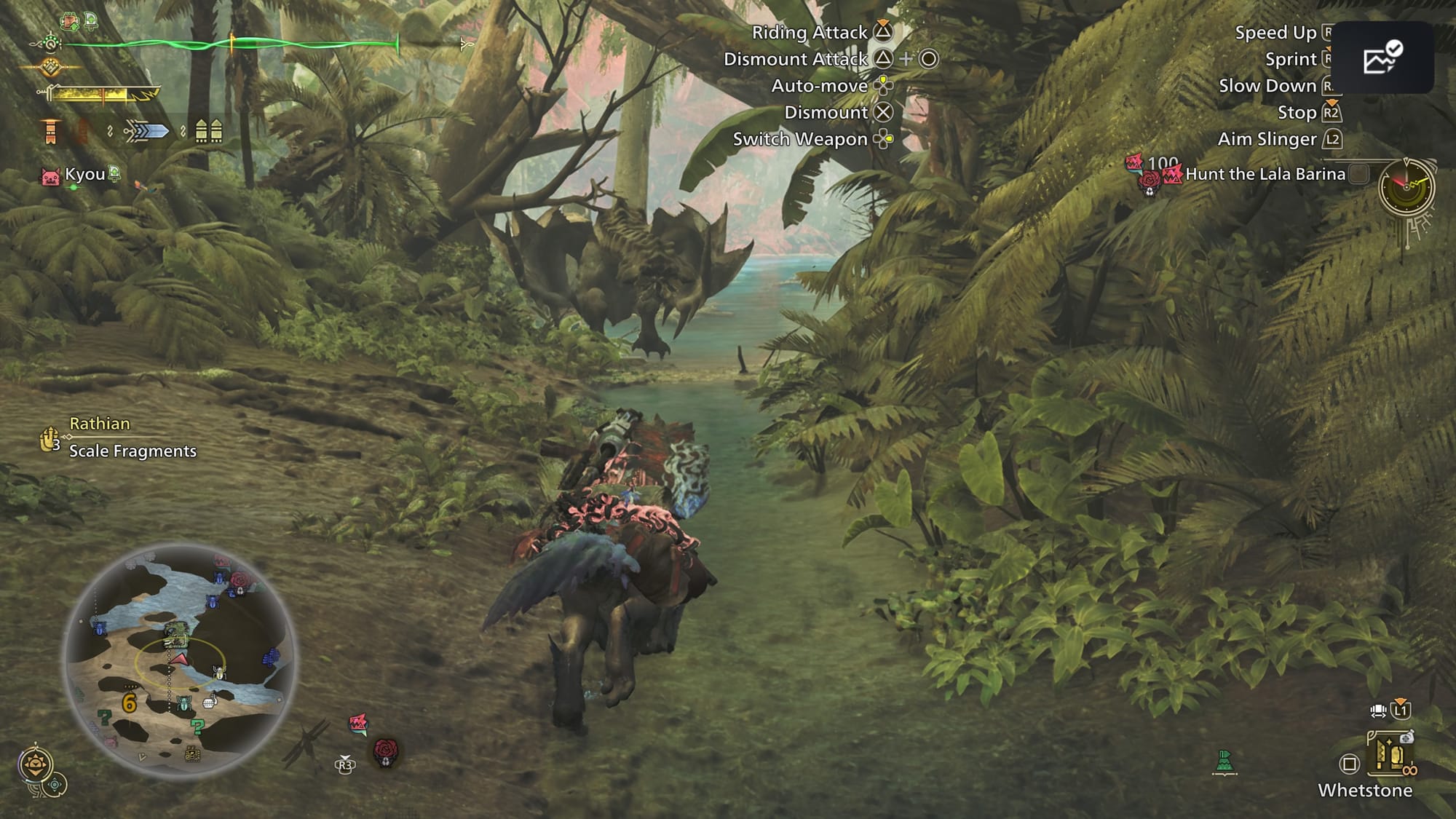
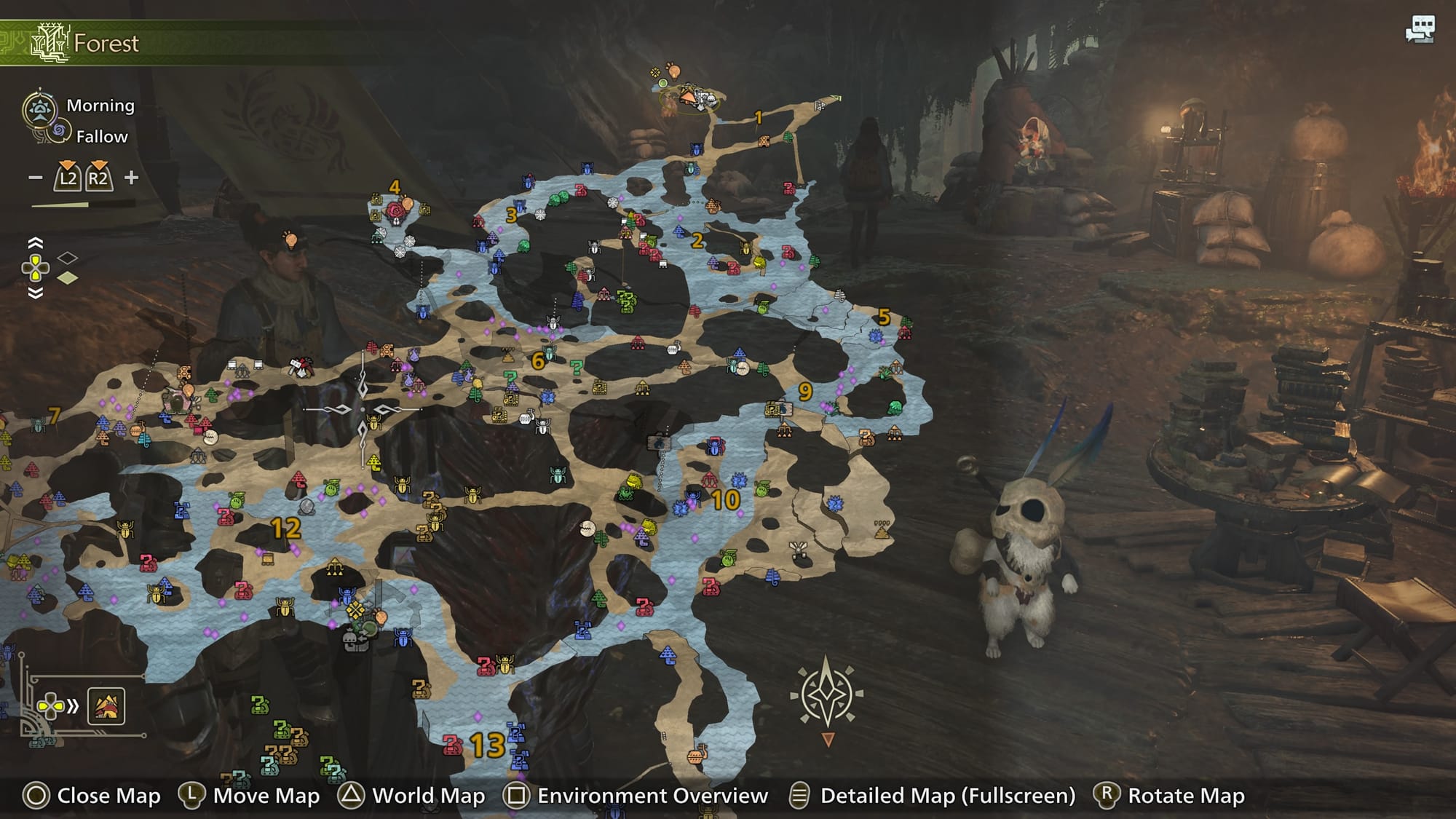
What Monster Hunter Wilds Gets Wrong
Let's start with the newest movement mechanic—your ridable avian, the Sekiret. Ostensible a feathered version of Rise's Palamute buddy, the Sekiret is, by all possible metrics, definitively worse than the Palamute. In Rise, your canine companion could join the fight alongside you, offering heals and doing damage, while still letting you zip around the map. In Wilds, your Sekiret stands awkwardly off to the side while a monster tears you half; at best, you can use a ranged weapon while atop the moving Sekiret, but to do serious damage, you need to face the monster head-on.
Making the Sekiret a noncombatant wouldn't be an issue if you had a secondary assistant, but Wilds doesn't allow a second Palico on your hunts. World players may remember that we only had a single Palico there, too—but here's the rub. In World, you could customize your Palico to complement your specific play style. In Wilds, your Palico does whatever is necessary at the time, determined by the game's AI. Although there are a few High Rank quests designed to give your Palico new skills, the lack of customization is a frustrating step back for seasoned hunters.
Cooking, too, has been stripped down, with the delightful canteen shuttered in favor of preparing food in your tent (or rarely, receiving a feast from an NPC). Even compared to Monster Hunter Rise's various dango, the food options in Wilds are drastically reduced, and since meals extend over multiple hunts, specific utility effects like Rise's Dango Pyro or Dango Insurance have no Wilds counterpart. This means you have fewer opportunities to prepare for a particular monster, making the whole process less refined.
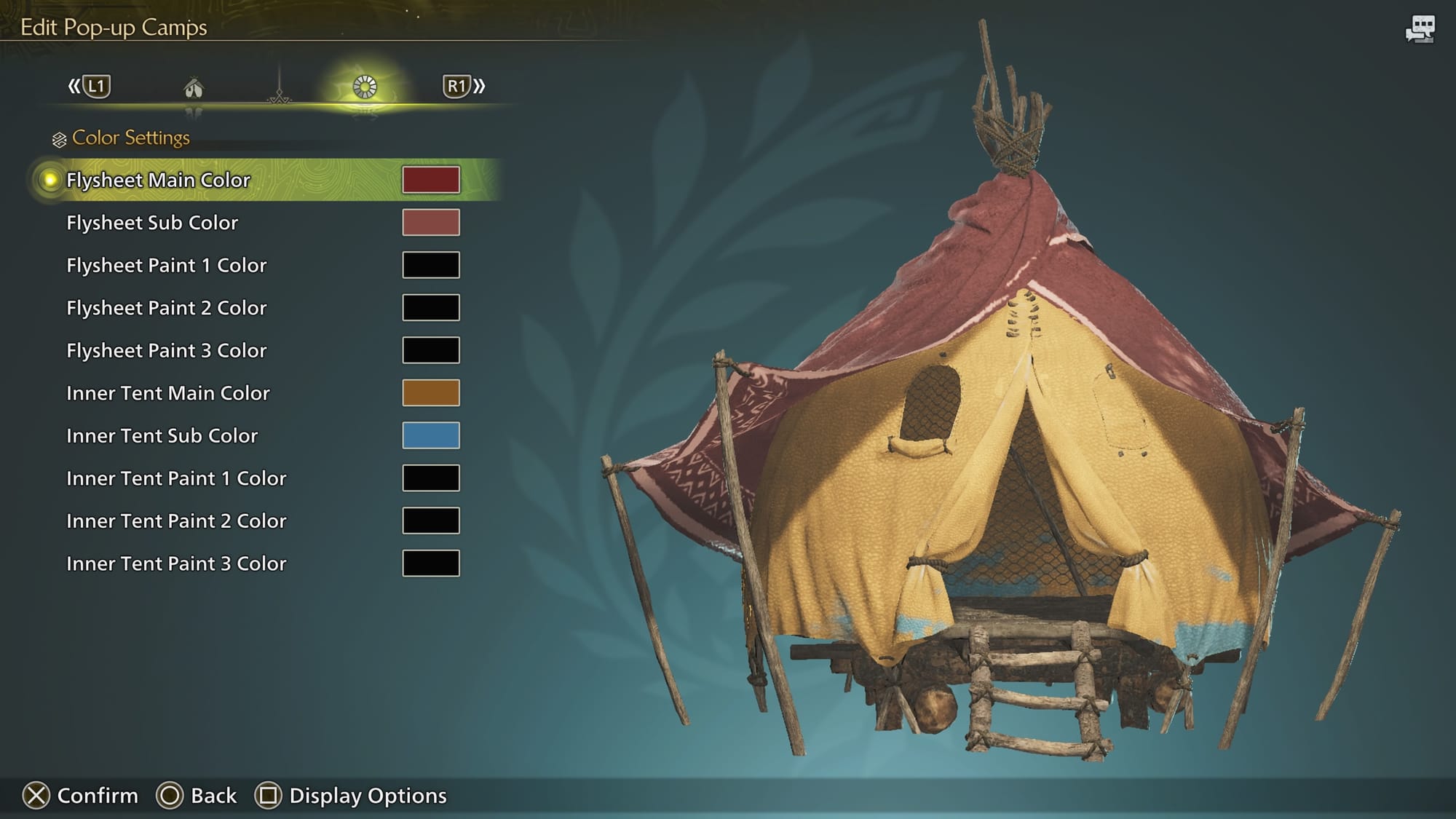
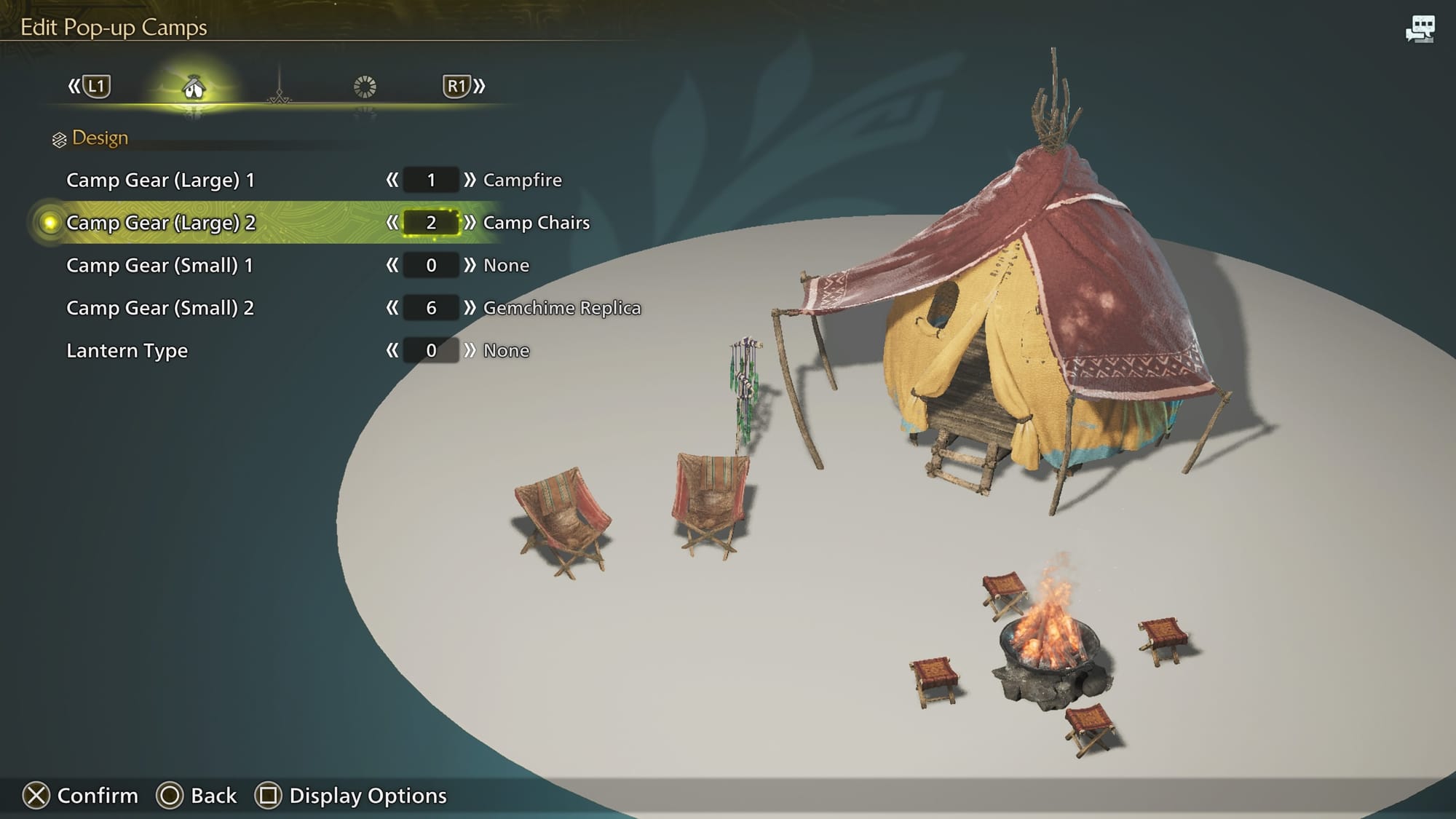
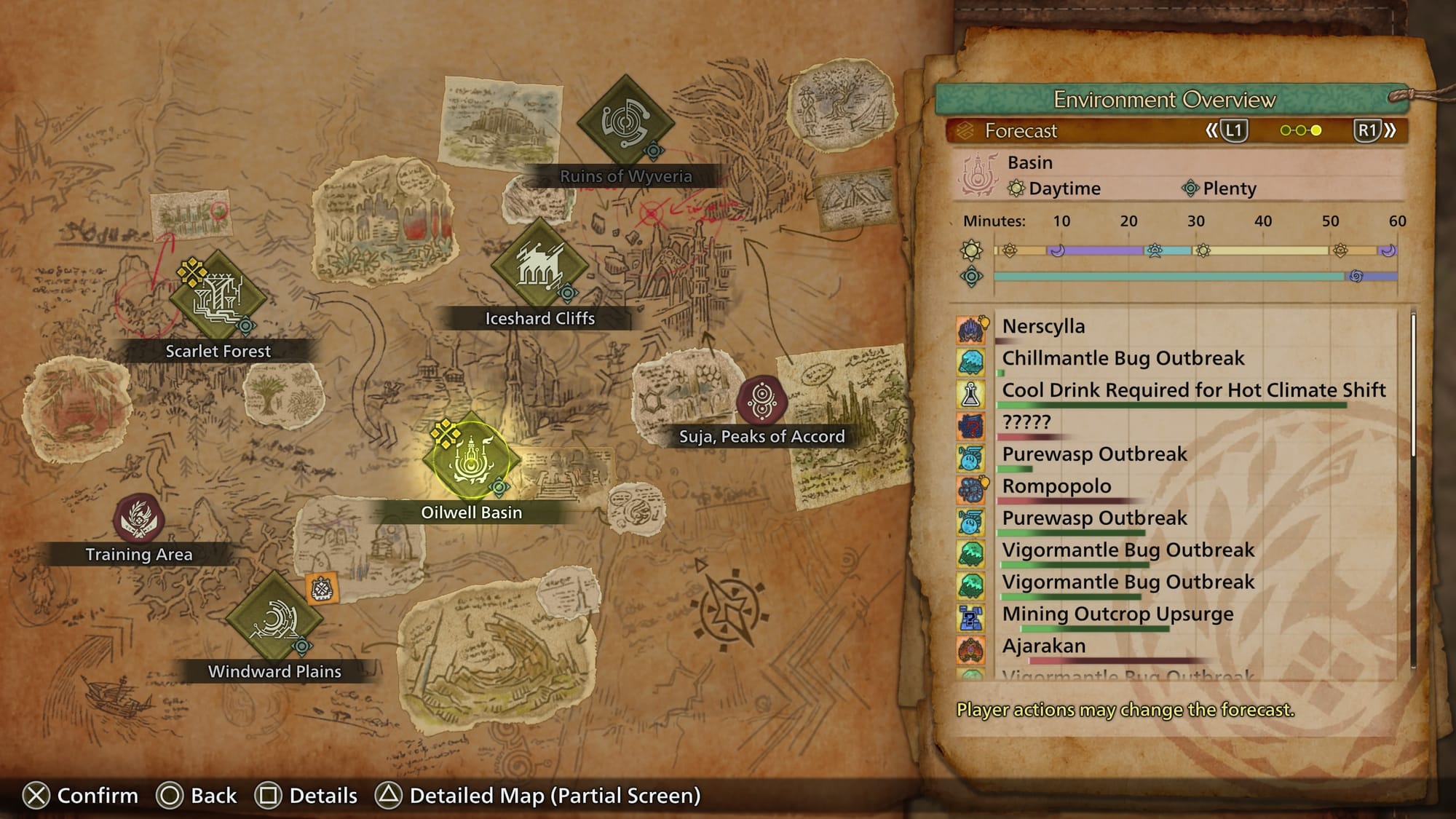
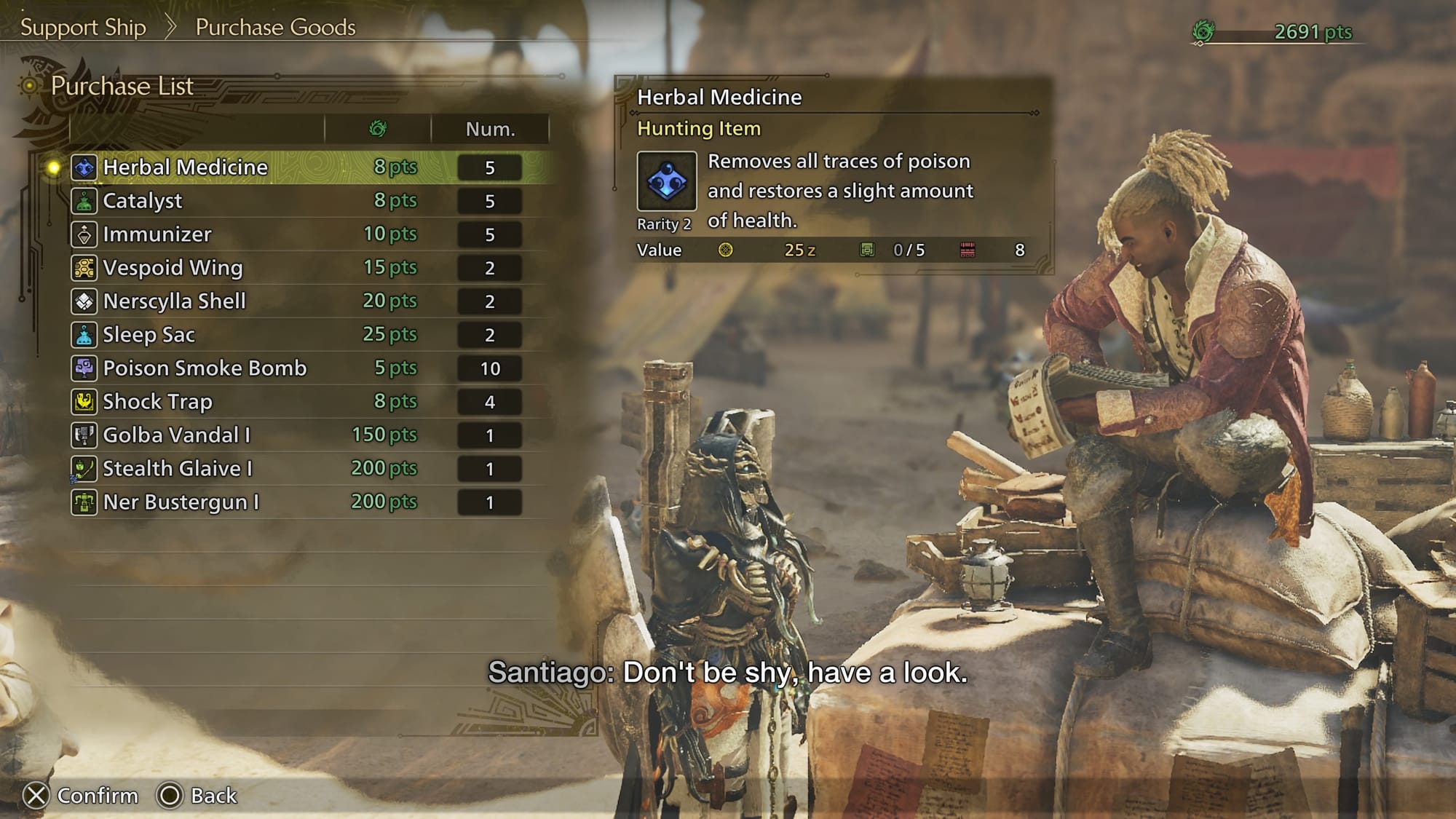
Other ideas feel poorly executed, such as the "pop-up camps" that can be constructed across the maps. Although the biomes are relatively large, the core gameplay loop still sees you returning to the base camp to access your smithy and provisioner, so having easier access to food and an equipment chest out in the open isn't a game-changer. Worse, however, is that these camps can be discovered and destroyed by monsters—and there's no way of bolstering their defenses. You can choose to hunt the creature that's actively attacking the camp, but with such little utility, there's simply no point bothering. It's frustrating that Capcom put so much effort into the camps—including cosmetic customization—without them offering any real utility.
Speaking of cosmetics, it's hard not to feel like the plenty/inclemency/fallow seasons could have affected the landscape more functionally. The visual changes are pleasant, but quickly become background to gameplay, and although some environments do change quite significantly—such as the Oilwell Basin becoming a raging inferno that deals environmental damage—others, like Scarlet Forest, aren't meaningfully different. It would have been nice to see entire new zones accessible only during specific seasons; personally, I would have preferred an extra map or two instead of a reskinned forest.
The exploitable wounds, too, are another example of Capcom adding new mechanics but not pushing them further. Having played—and rather enjoyed—Omega Force's 2023 Monster Hunter-inspired outing, Wild Hearts, seeing Capcom add wounds—a prominent mechanic in Wild Hearts—was initially exciting, but the novelty quickly wears off. The wounds are fun to exploit for bigger damage numbers, but the monsters inconsistently react to having these points attacked. Mostly, you'll just manage to topple the monster, despite visually dealing explosive damage to a leg or wing. Monster Hunter has always had breakable mantles or tails, but allowing the players to selectively cripple a monster and alter the course of the battle would have capitalized nicely on the wound system; instead, this weirdly feels like Capcom just copied Omega Force's homework.
The final, and perhaps most frustrating note for veteran players, is that the early hours of Monster Hunter Wilds are painfully slow, an on-rails experience that drip-feeds access to critical systems in favor of a beginner-friendly approach. Armor upgrades are inexplicably gated behind a mid-game quest; material gathering is a manual chore until after an optional quest in a post-credits High Rank mission. All this means that, until you've cleared the base game and several optional quests, experienced players are stuck with training wheels for at least twenty hours of gameplay.
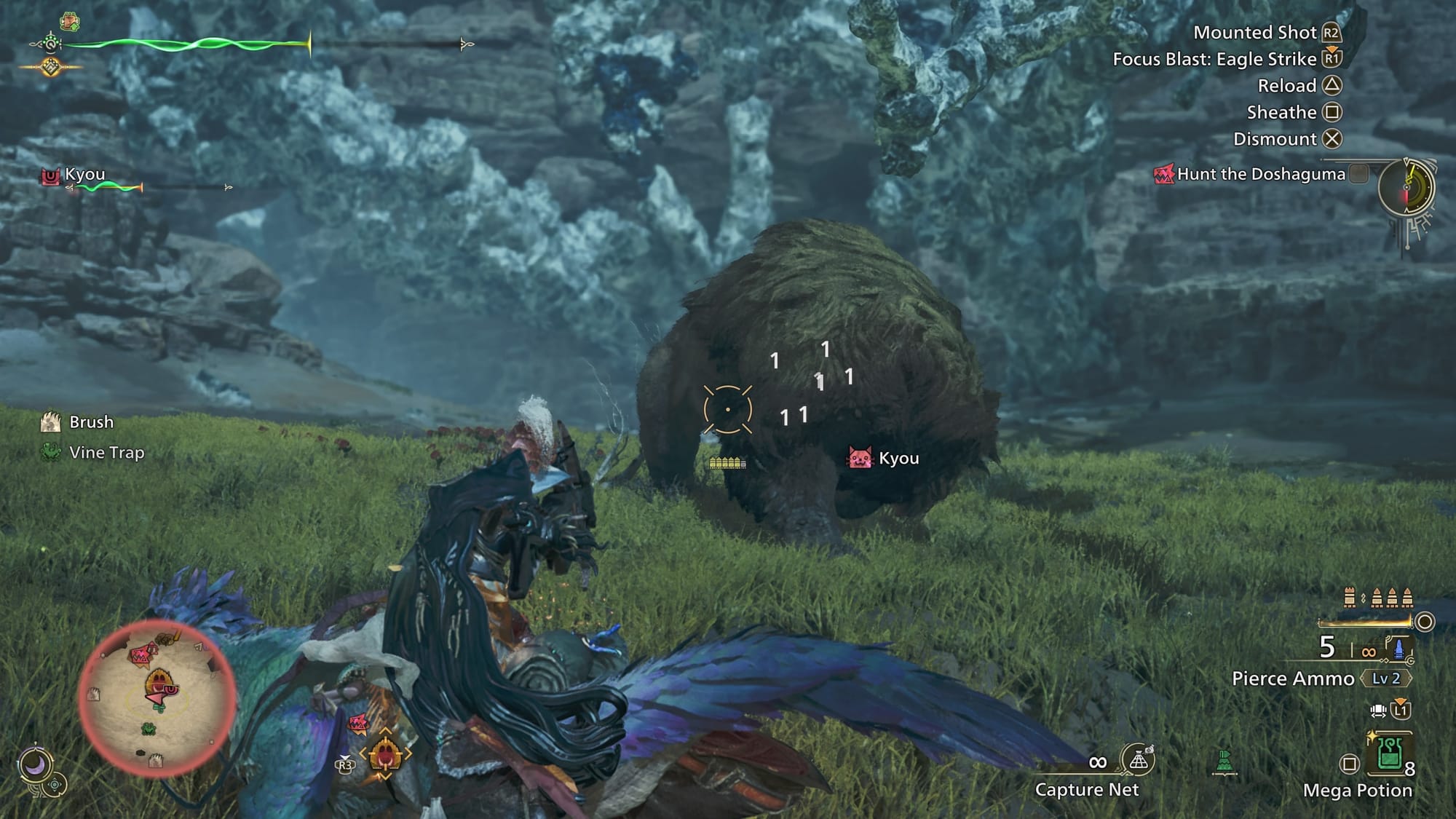
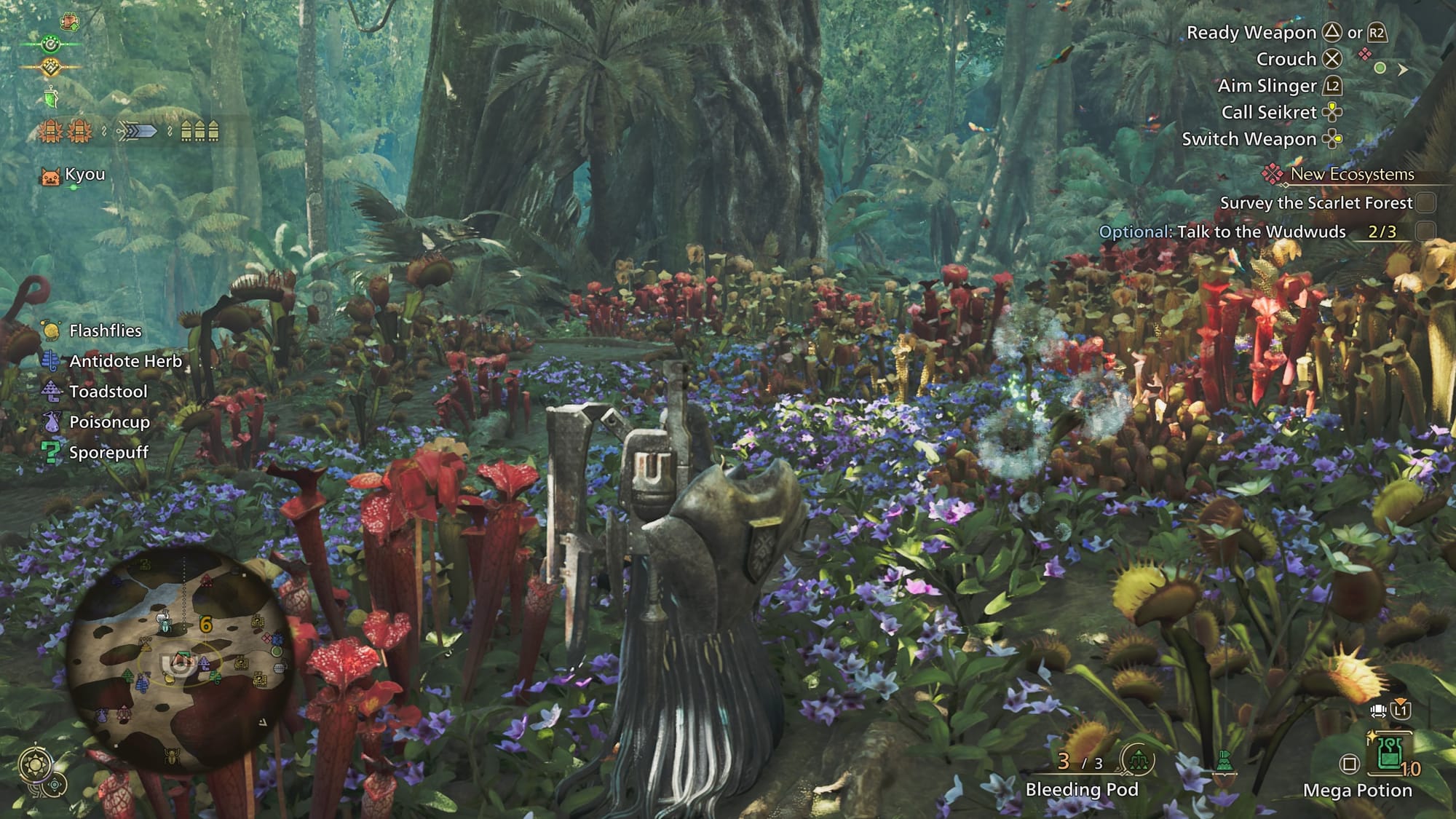
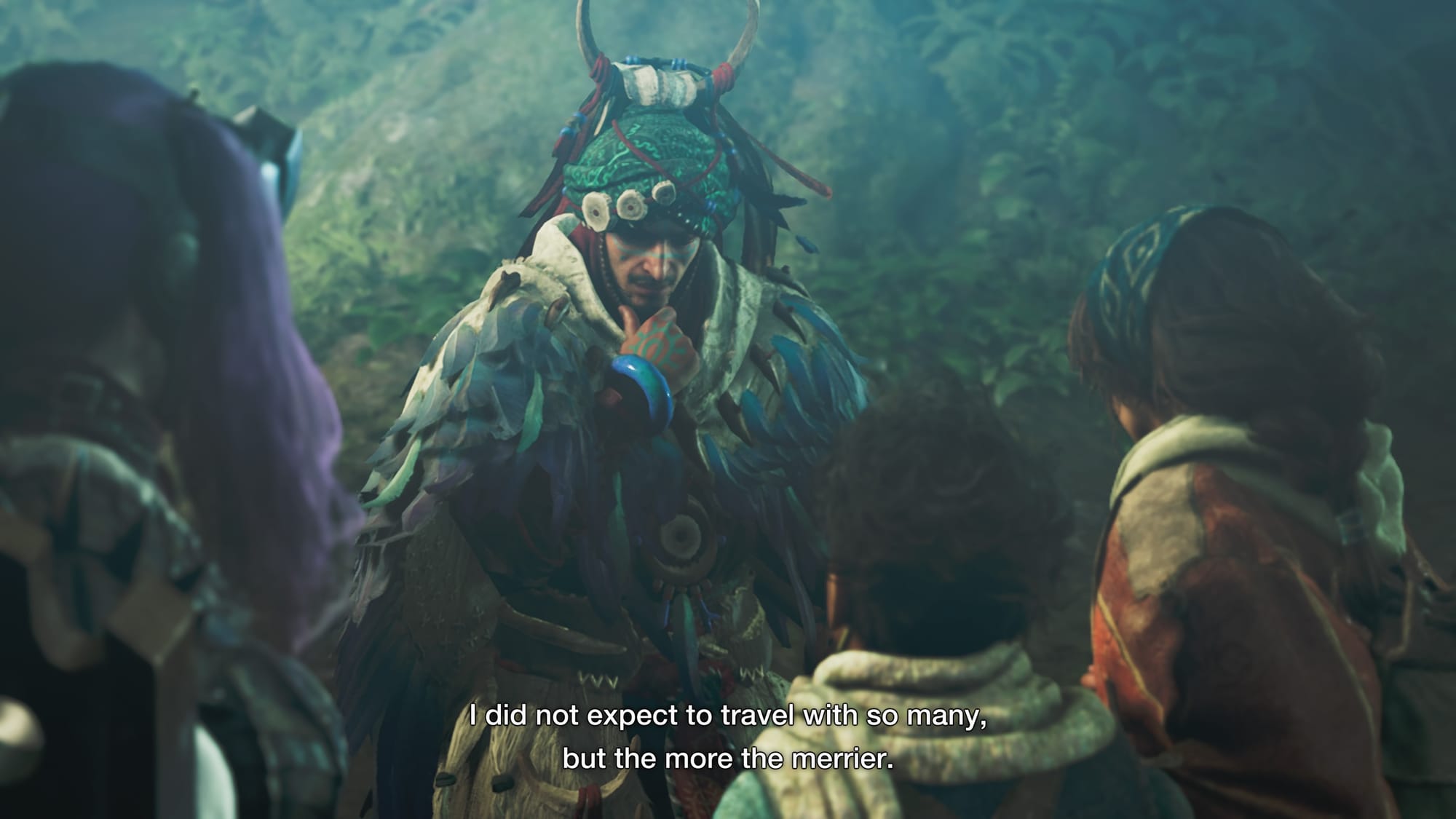
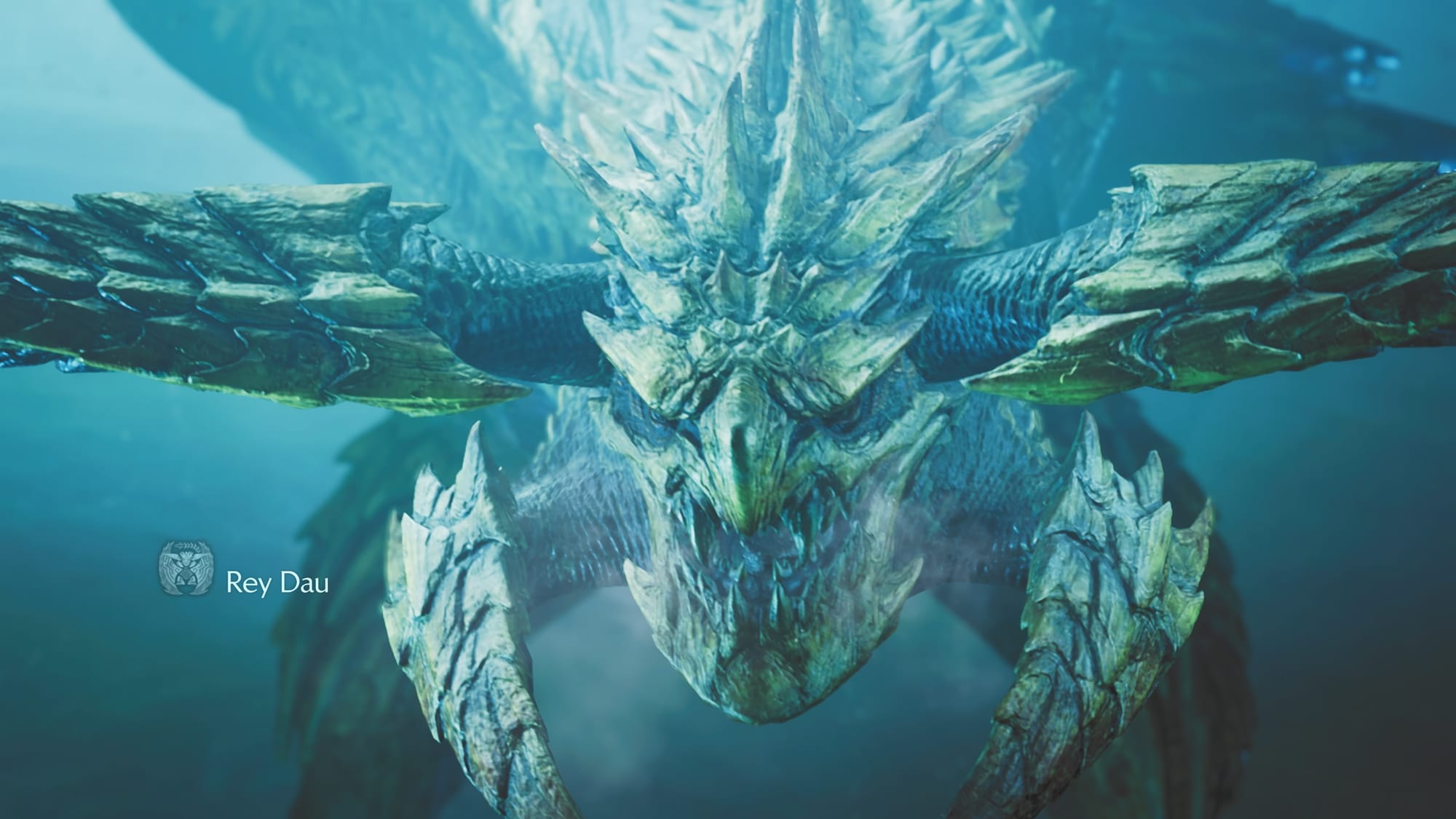
What's Next for Monster Hunter Wilds
Not all is lost, however. Capcom have a storied history of providing additional content through their free "title updates" in addition to the inevitable expansions, which are usually quite sizable. The first title update for Monster Hunter Wilds arrives in April and will bring a new monster above Tempered difficulty, along with a new area that's likely an equivalent to the multiplayer hub. Considering Rise received 16 title updates over two years, including the entire Sunbreak expansion, it's likely that all these issues will become distant memories—or else be patched in future updates.
The new change that Wilds ushers into the series is still a breath of fresh air, and with eight million sales in just three days, it's clear that Capcom has seized the opportunity to attract new and old players alike. It's my hope that future title updates will expand upon the current content to enhance the game and align it with some of the older, more full-featured games—but for now, while the season of plenty is away in the distance, things are looking just a little fallow.
Screenshots taken on a retail copy of Monster Hunter Wilds running on PS5 in Performance Mode.

